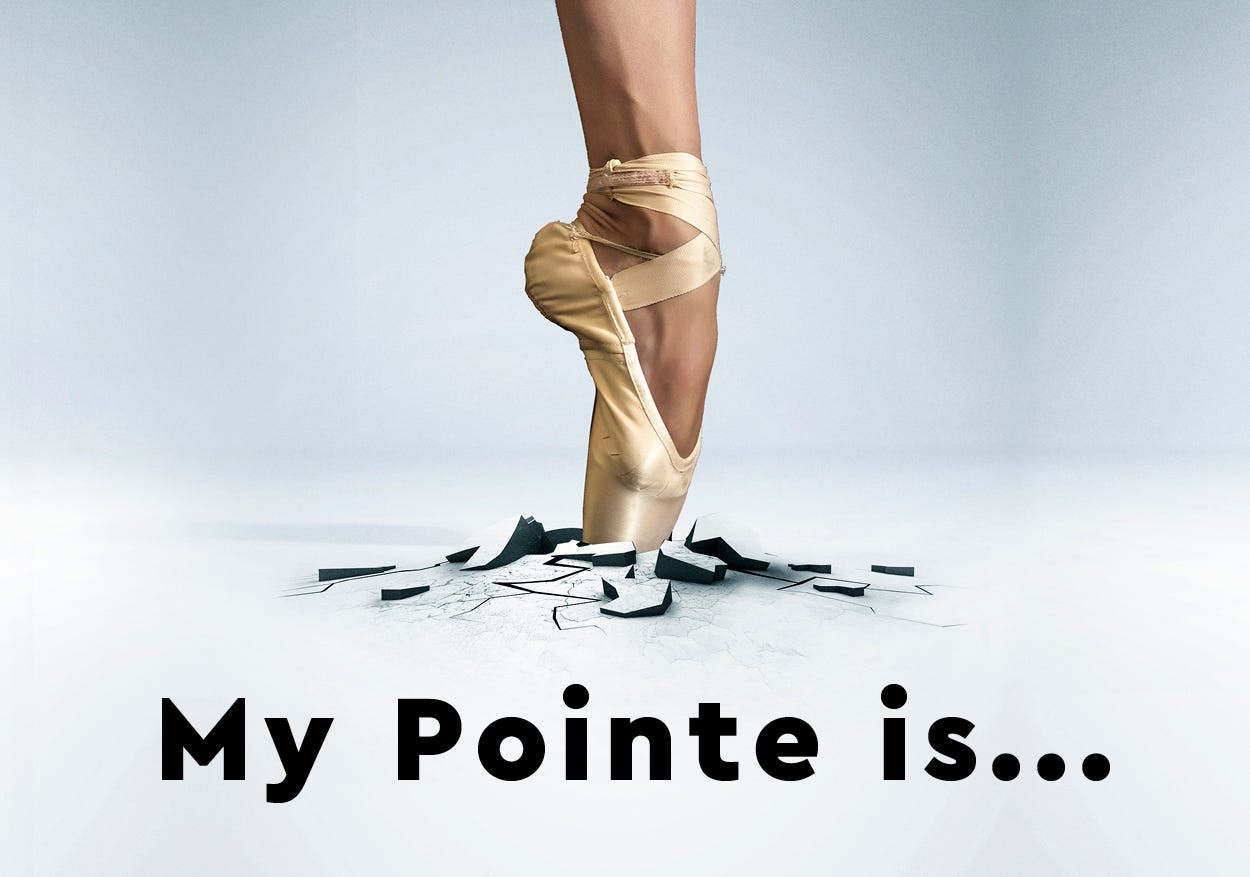What defines a memorable dance movie? Is it solely the choreography and the dancers’ skills, or does a compelling narrative and insightful exploration of the dance world play a crucial role? Perhaps it’s the emotional connection we forge with the characters and their journeys within the realm of dance. Considering these elements brings us to reflect on the dance movie landscape and specifically, the contributions of actresses like Julia Stiles, particularly known for her role in the iconic, yet debated, dance film, Save the Last Dance.
Twenty years after its release, Save the Last Dance remains a talking point in discussions about dance movies. This film, part of a wave of early 2000s dance films including Center Stage, Step Up, You Got Served, and even Bring It On (if cheerleading counts!), featured Julia Stiles as Sarah, a young ballet hopeful. Sarah’s life takes a turn after her mother’s death, leading her from a suburban ballet world to Chicago to live with her father. Enrolling in a predominantly Black high school, she encounters new rhythms and relationships, most notably with Derrick (Sean Patrick Thomas) and Chenille (Kerry Washington in an early role). Derrick introduces her to hip hop, while Chenille opens her eyes to racial dynamics. The film culminates in Sarah’s audition for a prestigious performing arts school, where she blends ballet and hip hop, seemingly seamlessly – though clever editing masked the dance doubling.
 Julia Stiles and Sean Patrick Thomas in Save the Last Dance
Julia Stiles and Sean Patrick Thomas in Save the Last Dance
Save the Last Dance stands out, or perhaps, is critiqued, for not being overwhelmingly dance-heavy compared to its contemporaries. While the movie attempts to showcase both ballet and hip hop, the dance sequences themselves are… well, earnest. As many have pointed out, finding actors who are also exceptional dancers, or vice versa, is a significant challenge, and Save the Last Dance highlights this.
However, what distinguishes Save the Last Dance from many other dance movies of its era is its attempt to engage with themes of race and racism. While it touches upon the contrasts between the perceived rigidity and whiteness of ballet versus the “realness” and Blackness associated with hip hop, it often leaves these complex issues underdeveloped. This hesitancy to fully explore these stereotypes—ballet’s femininity against hip hop’s masculinity, for instance—misses an opportunity for deeper commentary. Such stereotypes have real-world consequences, particularly for Black dancers in ballet. For a film that references literary giants like Richard Wright and James Baldwin and includes dialogue about racial inequality, a more direct confrontation of these dance-related stereotypes would have been impactful.
Despite its shortcomings in fully realizing its dance potential and racial commentary, Save the Last Dance remains a significant entry in Julia Stiles’s filmography and in the broader genre of dance movies. It sparked conversations and, for many, served as an introduction to the world of dance films. While it may not be considered among the top-tier dance movies by all, its cultural impact and Julia Stiles’s central performance warrant recognition when discussing dance films and the evolution of the genre in the early 2000s. It prompts a continued discussion about what we expect and value in a dance movie – is it primarily about the dance, or can films like Save the Last Dance, with their narrative ambitions, also hold a valuable place in the spectrum of dance cinema?

